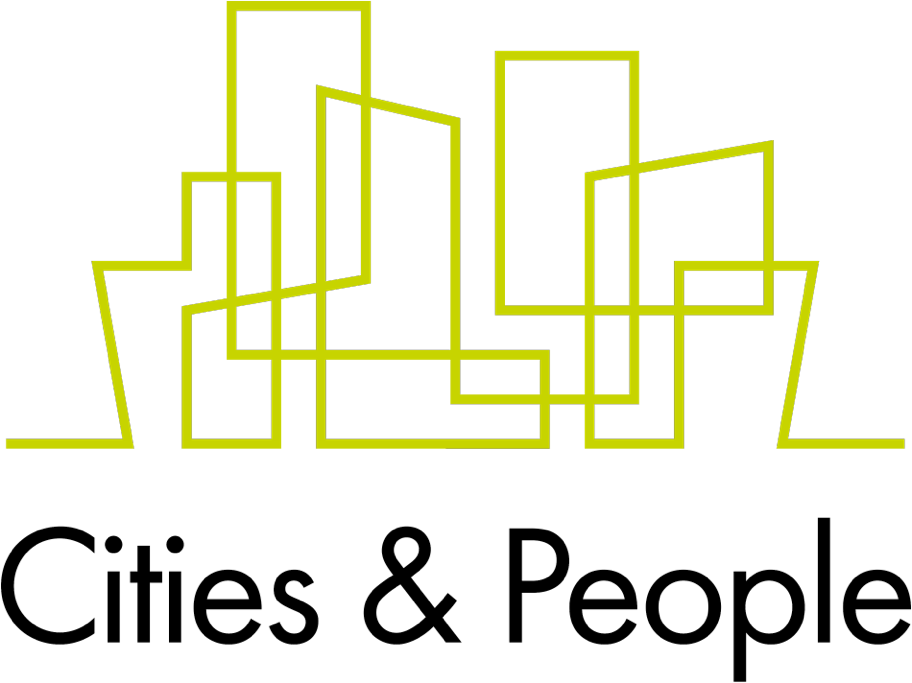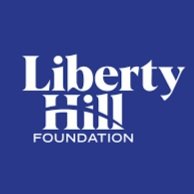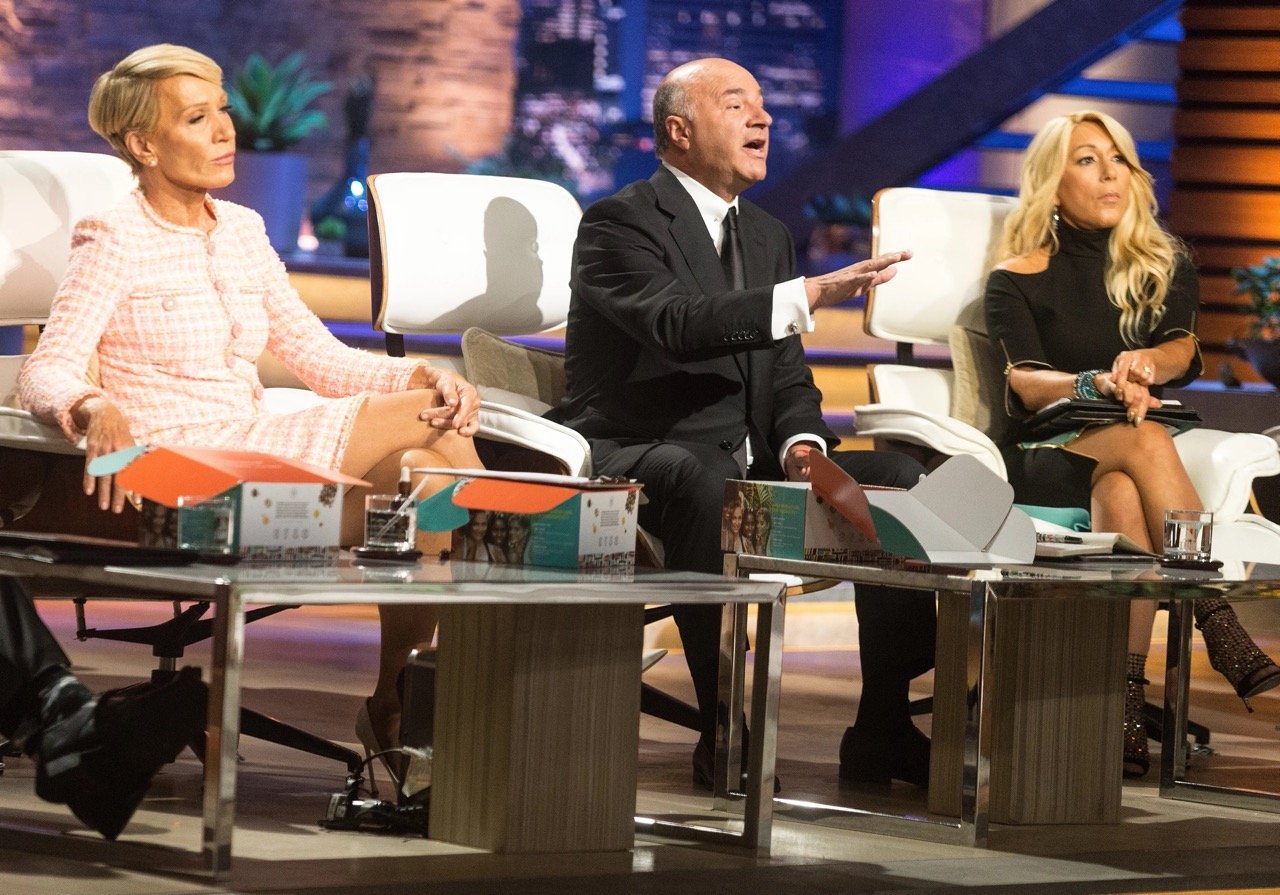Facts, Fun, and Feelings: A Strategic Planning Field Report
This month, for the first time in a long time, we've had multiple in-person meetings and events, including a full day with our long-term client, the Liberty Hill Foundation.
I’d like to walk you through what that day looked like, and what our thinking was throughout the process - both ahead of time, and adjustments we made in the moment. It’s a field report on what real strategic planning looks like in action, and the story of a day I found to be particularly rewarding.
THE PROJECT
In early October of 2022, I was so excited to join the folks who lead Liberty Hill’s Training and Capacity program to kick off their strategic planning process to cover the next five-year period.
One of the characteristics that I admire most about Liberty Hill is that the foundation doesn’t just support community-based organizations through grants (accompanied with grantee-catalyzed technical assistance and capacity building support) - they do the work, too. Program staff often work shoulder to shoulder with grantees on issues and campaigns of importance for equity building in Los Angeles.
That boots-on-the-ground style partnership is headed up by what Liberty Hill calls their Training and Capacity Building team, led by Maggie Mireles. They have a special, organization-wide role in this work, as well as authentic, long-term relationships with grantees across all programs.
But after completing our internal learning evaluation last year of the Training and Capacity unit, we realized something important:
As Liberty Hill has grown to be a more robust complex organization over the last several years, many programmatic staff don’t seem confident in how they should partner with Training and Capacity to align this team’s array of resources with their work.
So, for this kick-off strategic planning convening, we wanted to bring together lots of folks from various arms of the organization in the room. Our goal was to support their scheming, dreaming, and planning while helping them partner with the Training and Capacity team. We knew that success in that effort would enable their own programmatic work to be even stronger going forward, especially in terms of campaigns and movement building.
MISE EN PLACE: THE PLAN AND THE SETTING
We were so lucky (or smart) to have an inspirational space to meet to support all of this brow-beating work. Staff from each of Liberty Hill’s core programs, including members of the organizational leadership team, joined the Training and Capacity team and me at the Los Angeles Audubon Center, located in Debs Park near Griffith Park in Los Angeles. In between squeezing their brains to articulate the action steps they needed to take for their 2, 5, and 10-year goals, program staff could stretch out their arms to measure their “wing span” against the wooden bird board, take a short hike in the gorgeous surroundings, or just gaze through the window to watch a hummingbird or squirrel having a snack. (We also had endless, sustaining, amazing, and hardy meals thanks to Liberty Hills’s bright-light Programs Assistant, Giselle Armendáriz.)
Our plan relied on a straightforward recipe: mix equal parts facts, fun, and feelings.
We had quite a range of folks in the room, and we knew in advance that activities that worked for some would never work for others. What’s more, it was clear that there was no single pathway that would serve everyone’s primary way of being in the space (fact-bringing, fun-bringing, or feelings-bringing).
We decided to move in and out of each component of the triad to engage all of our participants over the course of the day and to leverage that engagement into the start of a concrete, useful strategic collaborative strategic plan that would yoke each program with Training and Capacity (in a good way!).
GETTING STARTED
We started the day with some framing: we were going to be moving in and out of our triad of fact, fun, and feeling, and encouraged our participants to go with the flow.
We swung into a community building activity in line with our content goals (I don’t know about you, but I have really grown to dislike stand-alone icebreakers). For this exercise, we asked our participants to explore the notion of capacity building through a series of questions unpacking the term to investigate what was at its core. We were focusing on this overarching question:
What does philanthropic capacity building truly contribute to power-building for Black people, indigenous people, people of color, and other folks who seek freedom from institutionalized oppression?
We worked out our assumptions and the power dynamics. This was critical pre-work that would clear the way for planning for equitable engagements with community-based organizations. The activity was quite feelings-centered, but we ended it with a big splash of fun.
WHERE ARE WE HEADED?
Next, we moved into the more technical nature (facts!) of our work to date, reminding folks about the recommendations and next steps of the earlier learning evaluation. Several people in the room had attended the meaning-making session, or “data party,” that pulled us through to the recommendations phase. We shared with them the new-and-improved theory of change that had been created from all of this hard work.
For the purposes of this day, we’d also included open space - we wanted them to begin to insert their own particular visions for long-term outcomes for Los Angeles. In our previous iteration, we’d included 20-year-outcomes, but with all of the ways that the world has changed over the last few years, and all of the ways it is continuing to change, we decided a 10-year vision was more realistic (not to mention humane).
Here’s how it worked:
We asked program leads to draft a sentence to go into those last boxes on the theory of change, and then we shared these.
We took an unplanned detour here – when I saw how “fundery” the language was, I selected three participants and asked them to go through the words and concepts in the sentence, underlining anything that wouldn’t make sense to their great-great grandmother in her native language. There was much underlining! So we did some re-writing.
Once each program had a ten-year vision for housing equity, environmental justice, youth justice, or power-building in Los Angeles, we asked them to think about what they would need to accomplish in the next one to five years to make sure that they're on track with that 10-year vision.
There was a lot of “facty” pencil-chewing while leads worked on their sentences, but mentally inviting our grandmothers in to join us brought both fun and feeling as people exchanged things that they never could get their grandmas to understand because so much of how we explain ourselves in nonprofit and philanthropic work doesn’t translate very well to other languages, including, it turns out, Yiddish.
Lunch brought the fun and the feels, which allowed us to put the facts away for a bit. We jammed to a collaborative playlist made just for the occasion, enjoyed each other’s company and conversation, and communed with the squirrels. Everyone was also invited to place items on a community altar that Training and Capacity Program Manager Aurelia Mora had set up in the back of the room for us.
(And talk about fun: Giselle, Aurelia, Maggie and I call ourselves Team GLAM - yours truly is the L!)
NOBODY WALKS ALONE
After lunch, we returned to those big lists, only this time with a buddy. Participant teams began looking at the road to come and developing basic ideas for where training and capacity building strategies might be of use. We asked them to narrow down these ideas to just a handful to share for feedback.
I had imagined this would be a fun activity, since they were buddied up, but facts got the better of us: folks got deeply analytical and committed to these initial ideas, which wasn’t where we wanted them to be with our process. So, I decided to improvise on the report-out and use a Shark Tank simulation to put a bit of the fun back in. (Unfortunately, I’ve never seen an episode of Shark Tank; fortunately, this didn’t seem to matter.)
Each expert pitched to our Sharks - the Training and Capacity Team - who questioned their pitches, encouraged them, discouraged them, poked holes in their thinking, added on to their ideas, and sometimes even made a little fun of them. It was kind of amazing how seriously they took this role, considering I hadn’t even told them what we were doing beforehand. It was like they were born to it! (Or maybe they’ve just seen more episodes of Shark Tank than I have.)
After each pitch, program leads were provided two copies (or an electronic version) of a rubric Aurelia had developed as kind of our “capstone” activity. The rubric guided the program staff member through various aspects of the training and capacity project they were proposing, ensuring that they could:
articulate intended beneficiaries or outcomes to the recipient of the training or capacity building
spell out benefits or potential learning for the program and/or organization
find connections with other initiatives and movement building work
map out practical matters like when the work should happen and with what types of coaches and trainers might be needed.
This was a tough activity for some people – perhaps a little too fact-oriented for the end of the day. So we got agreement to submit rubrics the following week if more time was needed to complete them.
COMING TOGETHER AND FEELING THE LOVE
To close out the day, we looped back around to our opening discussion on capacity building and invited participants to have some fun (or not) renaming the Training and Capacity Building. We shared these out, and had a really nice mix of “facty” names, fun names, and names that evoked a lot of feeling (love).
And here’s the best part (for me, anyways, as a recovering English teacher): Completed rubrics will now serve as preliminary requests for Training and Capacity Building team support. We’re hoping the act of completing them will not only build a better understanding organization-wide of what Training and Capacity offers but will also spur innovation in using this team’s amazing resources.
In many ways, my day earlier this month with Liberty Hill was a pretty typical strategic planning engagement. It was so good to see people I have worked in partnership with so long. Though we’ve been in constant Zoom meetings for the last few years, there’s nothing like goofing around and working hard together, in person. Perhaps because of the weight of the pandemic and the isolation we’ve all faced, and perhaps because of the work we were able to do together, the day felt triumphant and transformational to me.





